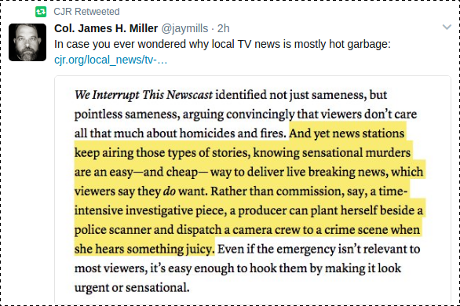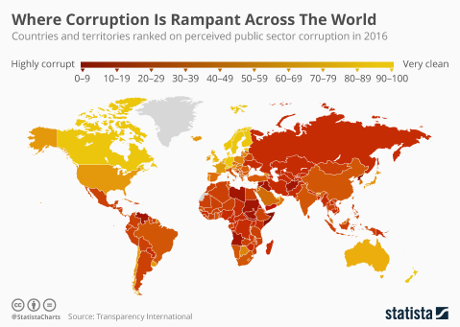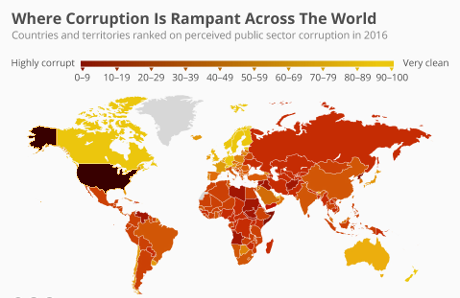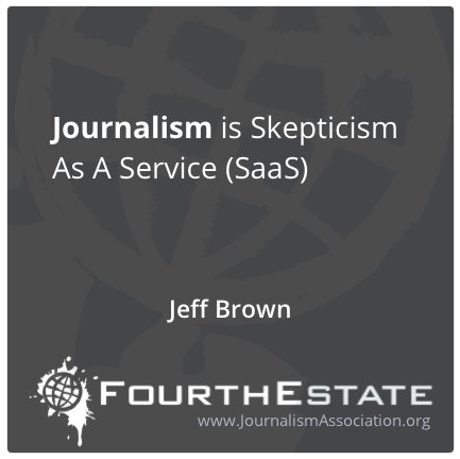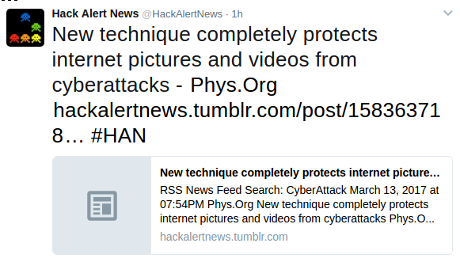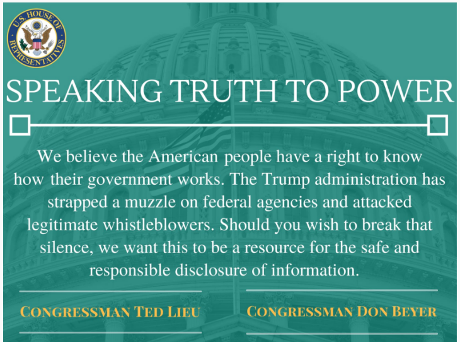This Sierra Club ad is popular on Facebook:

First problem, it is inaccurate to the point of falsehood.
“…about to start their chainsaws…. …trying to clearcut America’s largest forest, the Tongass National Forest in Alaska…. (emphasis added)”
Makes you think clearcutting is about to start in the Tongass National Forest in Alaska. Yes?
Wrong!
If you go to Forest Management Reports and Accomplishments for the Tongass, you will find Forest Service reports for logging in the Tongass that start in 1908. Cut History 1908 to Present.
The first inaccuracy/lie of the Sierra ad is that logging isn’t already ongoing in the Tongass.
The Sierra ad and its links also fail to mention (in millions of board feet) harvesting from the Tongass:
| Calendar Year |
Board Feet |
| 2016 |
44,076,800 |
| 2010 |
35,804,970 |
| 2000 |
119,480,750 |
| 1990 |
473,983,320 |
| 1980 |
453,687,320 |
| 1970 |
560,975,120 |
A drop from 560,975,120 board feet to 44,076,800 board feet looks like the Forestry Service is moving in the right direction.
But you don’t have to take my word for it. Unlike the Sierra Club that wants to excite alarm without giving you the data to decide for yourself, I have included links with the data I cite and data I don’t. Explore the data on your own.
I say the Sierra Club propaganda is “ineffectual” because it leaves you with no clue as to who is logging in Tongass?
Once again the Forestry Service rides to the rescue with Timber Volume Under Contract (sorry, no separate hyperlink from Forest Management Reports and Accomplishments), but look for it on that page and I picked Current Calendar Year Through: (select Jan).
That returns a spreadsheet that lists (among other things), ranger district, unit ID, contract form, purchaser, etc.
A word about MBF. The acronym MBF stands for thousand, as in Roman numberals, M = 1,000. So to read line 4, which starts with Ranger District “Thorne Bay,” read across to “Current Qty Est (MBF)”, the entry “6.00” represents 6,000 board feet. Thus, line 23, starts with “Juneau,” and “Current Qty Est (MBF)”, reads “3,601.00” represents 3,601,000 board feet. And so on. (I would have never guess that meaning without assistance from the forestry service.)
The Sierra Club leaves you with no clue as to who is harvesting the timber?, who is purchasing the timber from the harvesters?, who is using the timber for what products?, etc. The second and third steps removed the Forestry Service can’t provide but the harvesters gives you a starting point for further research.
A starting point for further research enables actions like boycotts of products made from Tongass timber, choosing products NOT made from Tongass timber and a whole host of other actions.
Oh, but none of those require you to be a member of the Sierra Club. My bad, it’s your dues and not the fate of the Tongass that is at issue.
If the Sierra Club wants to empower consumers, it should provide links to evidence about the Tongass that consumers can use to develop more evidence and effective means of reducing the demand for Tongass timber.
BTW, I’m not an anti-environmentalist. All new factory construction should be underground in negative-pressure enclaves where management is required to breath the same air as all workers. No discharges of any kind that don’t match the outside environment prior to its construction.
That would spur far better pollution control than any EPA regulation.
